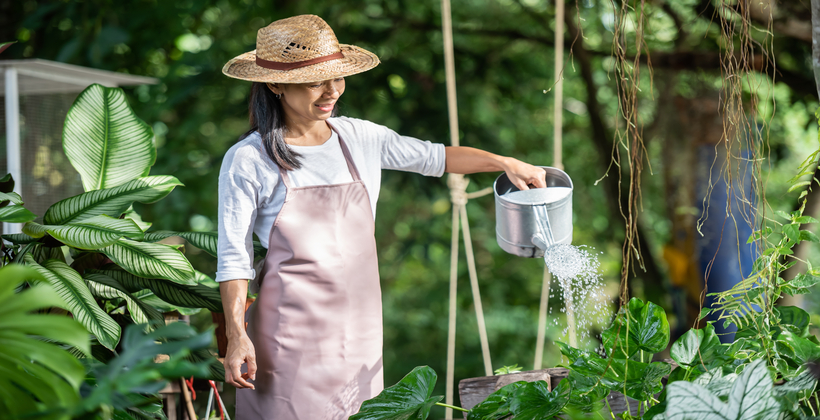7 Best Gardening Tips That Everyone Should Follow
Everyone wants to create a perfect garden filled with lavish, green grasses, herbs, and shrubs. However, gardening comes with a lot of questions regarding which is the best soil, when and how you should plant your veggies, how to get enough water and sunlight, what is the right time to prune, and more. The following tips will provide answers to some of the most common questions you have while helping you create an elegant yet beautiful garden.
1. Choose the Right Place
Though you have a widespread yard, choosing the part of your yard that is near a water source and gets enough sunlight is essential.
Many edible plants including, vegetables, fruits, and herbs need at least 6 hours of sunlight to flourish and sustain. Therefore, make sure how sunlight travels through your yard before choosing the spot.
Make sure your garden area is near to a water source so that you can regularly sprinkle water to your plants with ease. If it is distant from a water source, you either have to carry water or need a long hose to pour water.
2. Your Garden Soil Matters
You should invest in soil that is well-drained and nutrient-rich. When choosing the soil, consider the requirements of your plants, the texture and weight of the soil, and whether you are planting your veggies and fruits on the ground or in containers.
3. Choose the Right Plants
Learn your growing conditions and choose plants accordingly. For example, put heat-tolerant plants in warm climates and sun-loving plants in a sunny spot. Make sure to pick plant varieties depending on how well they can grow where you live and in the space you have.
When growing herbs and veggies, you can start with vigorous young plants rather than growing them from the seed. You can plant compatible combinations of crops to save space while increasing the health and yield of your crops.
4. Grow Vertically
Whether you have a little space or more, you can make the most of it by growing vertically up stakes or trellises. Vertical gardens are less susceptible to fungal diseases, easier to maintain, and useful for larger plants like melons.
5. Add Some Mulch
Apply a layer of mulch that is 2 to 3 inches deep around each plant. This will help reduce weeds by blocking out the sun and moisture loss through evaporation, so you do not need to pour more water.
6. Feed Your Plants Regularly
Despite how best your soil is, it cannot work alone to grow your plants. A regular boost of high-quality nutrition is also needed for plant growth. Therefore, start feeding your garden with plant food after a month of planting. Good-quality soil and top-notch food make the perfect combination for a successful garden.
7. Prune at the Right Time
It can be confusing to figure out the right time to prune different plants and flowers. Generally, spring-flowering plants should be pruned right after they flower, boxwoods should be pruned in spring or summer, and summer-flowering plants should be pruned late or early spring before they flower.


